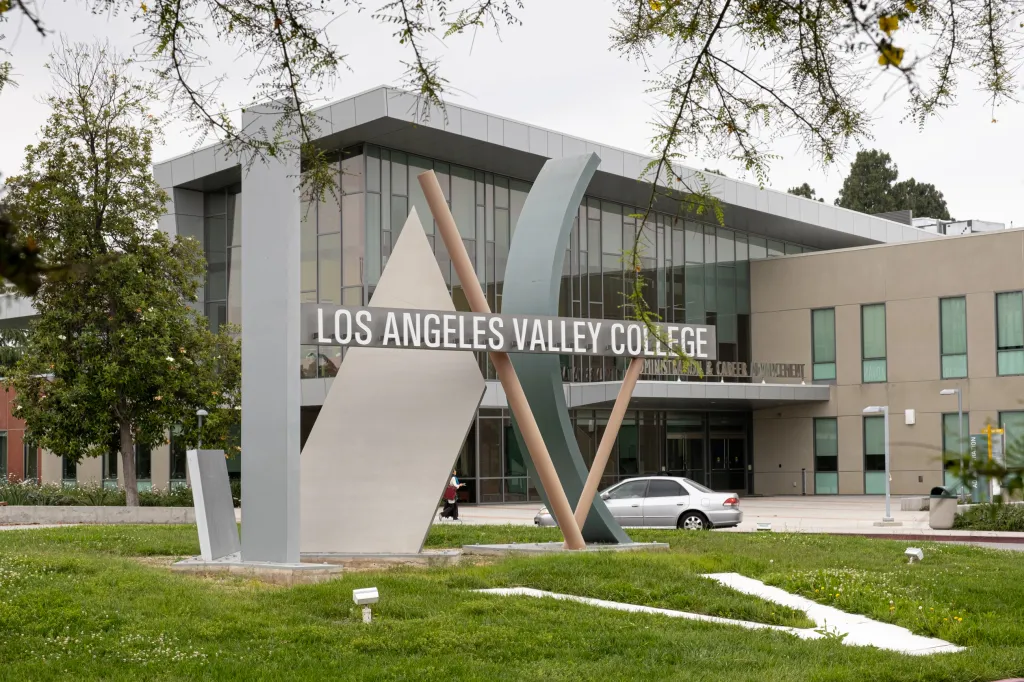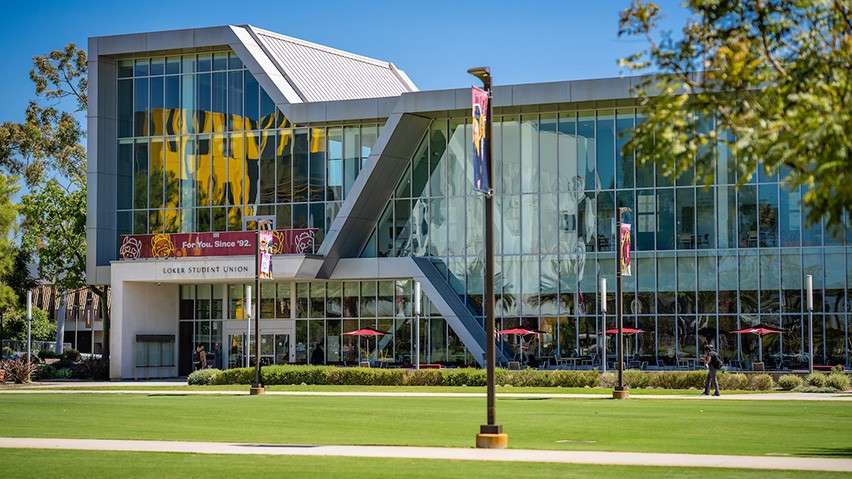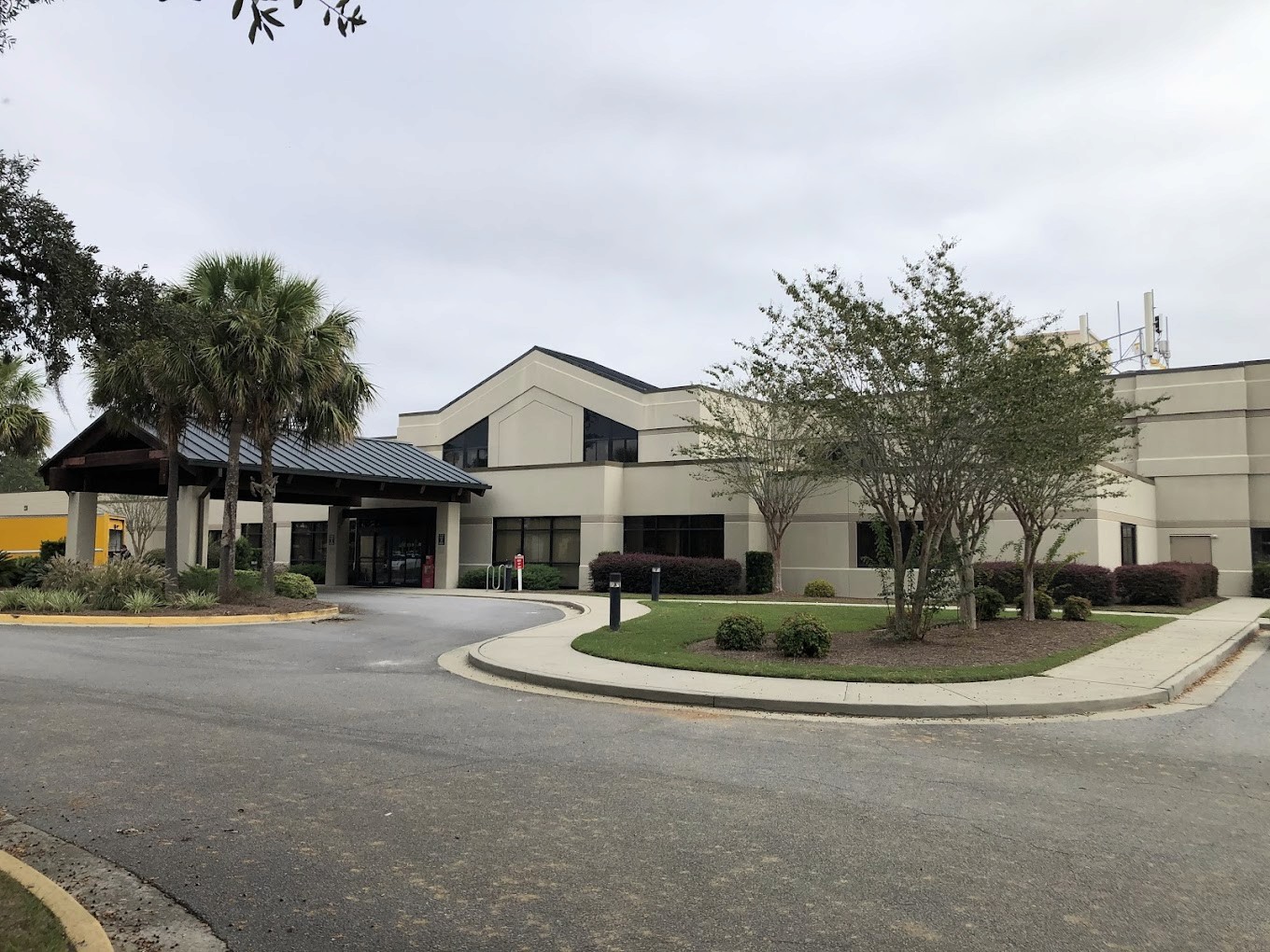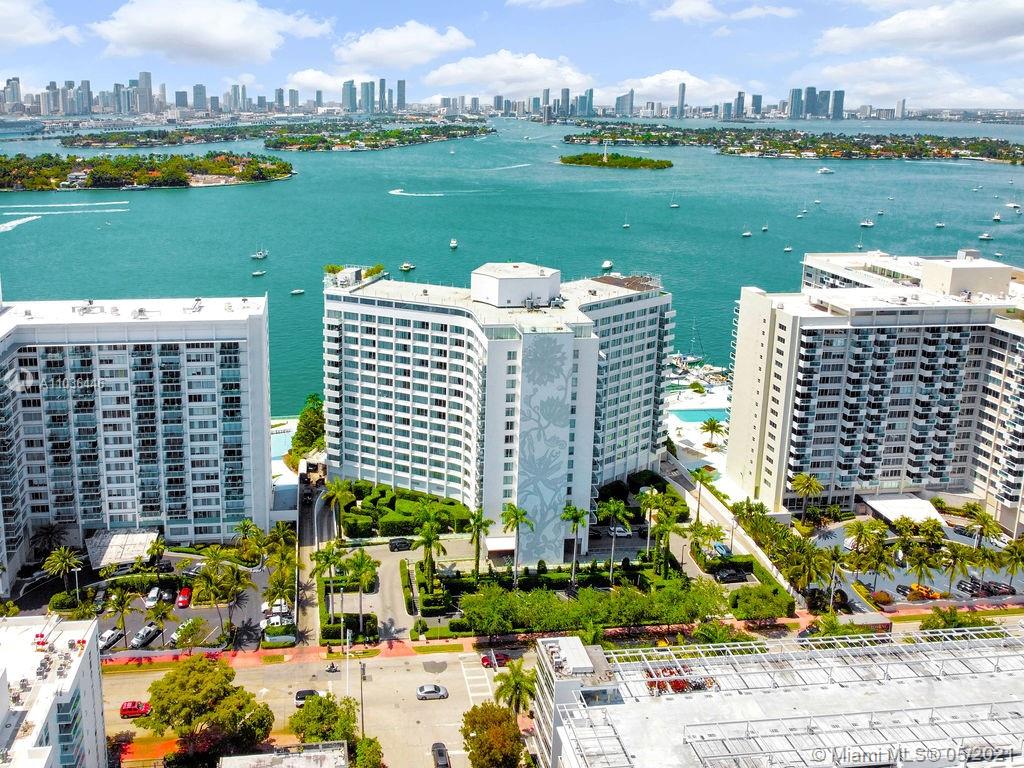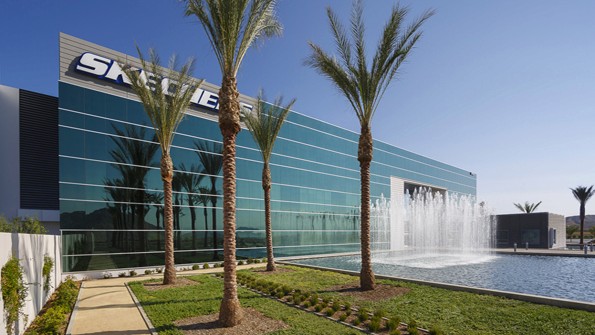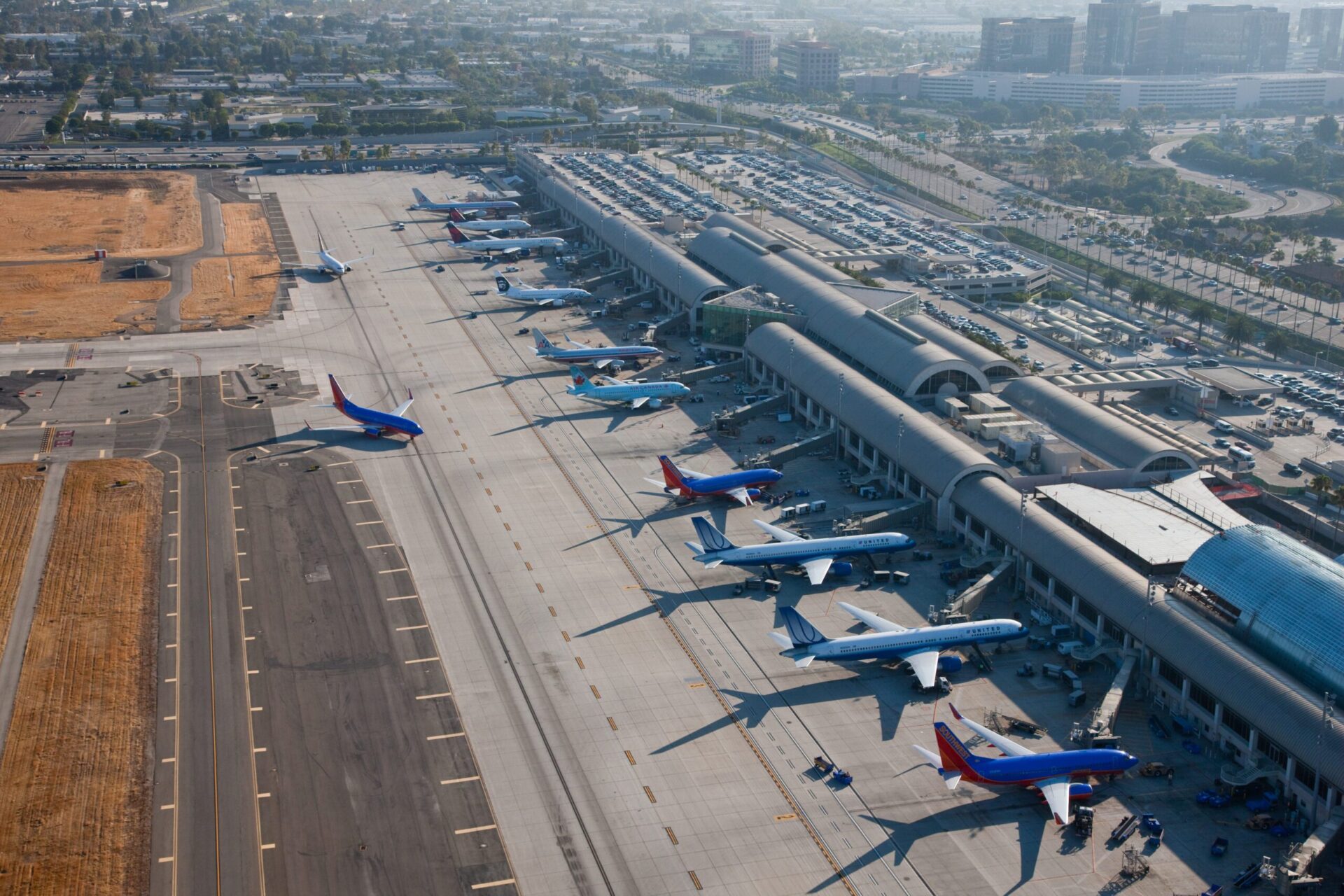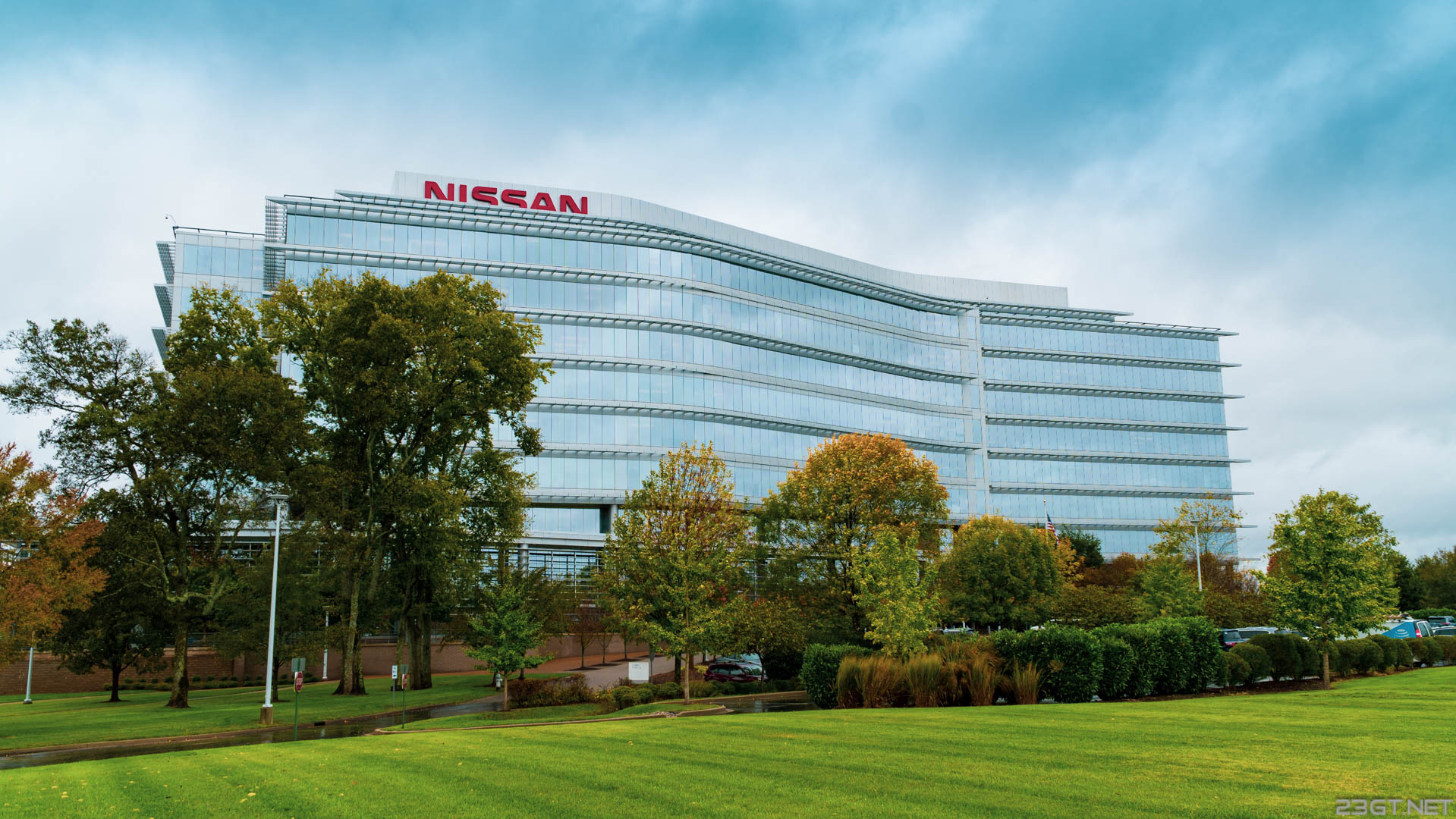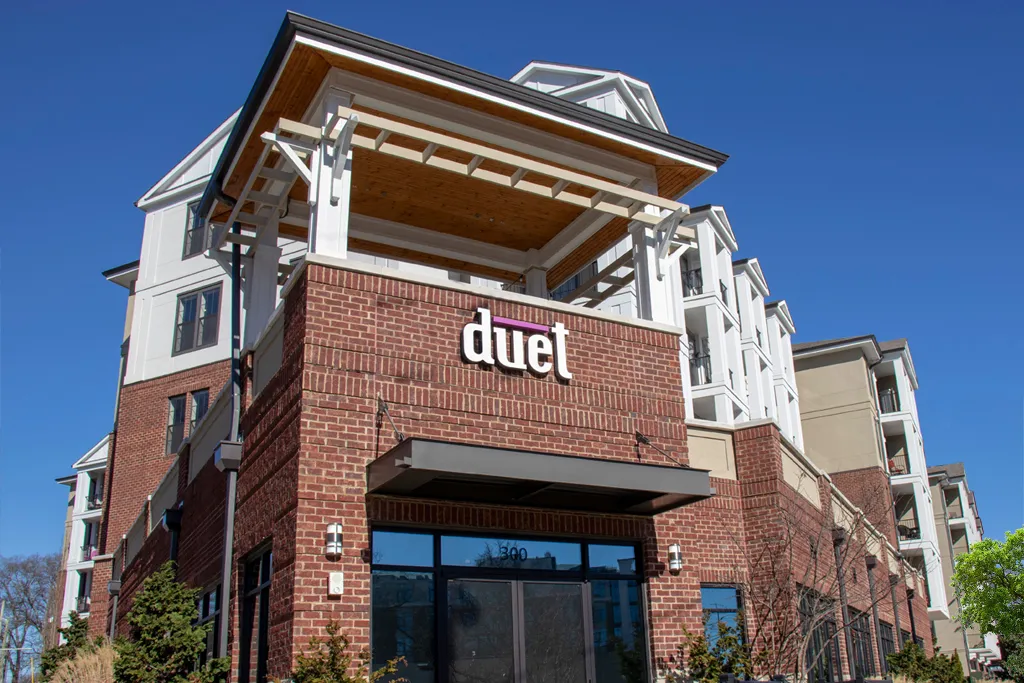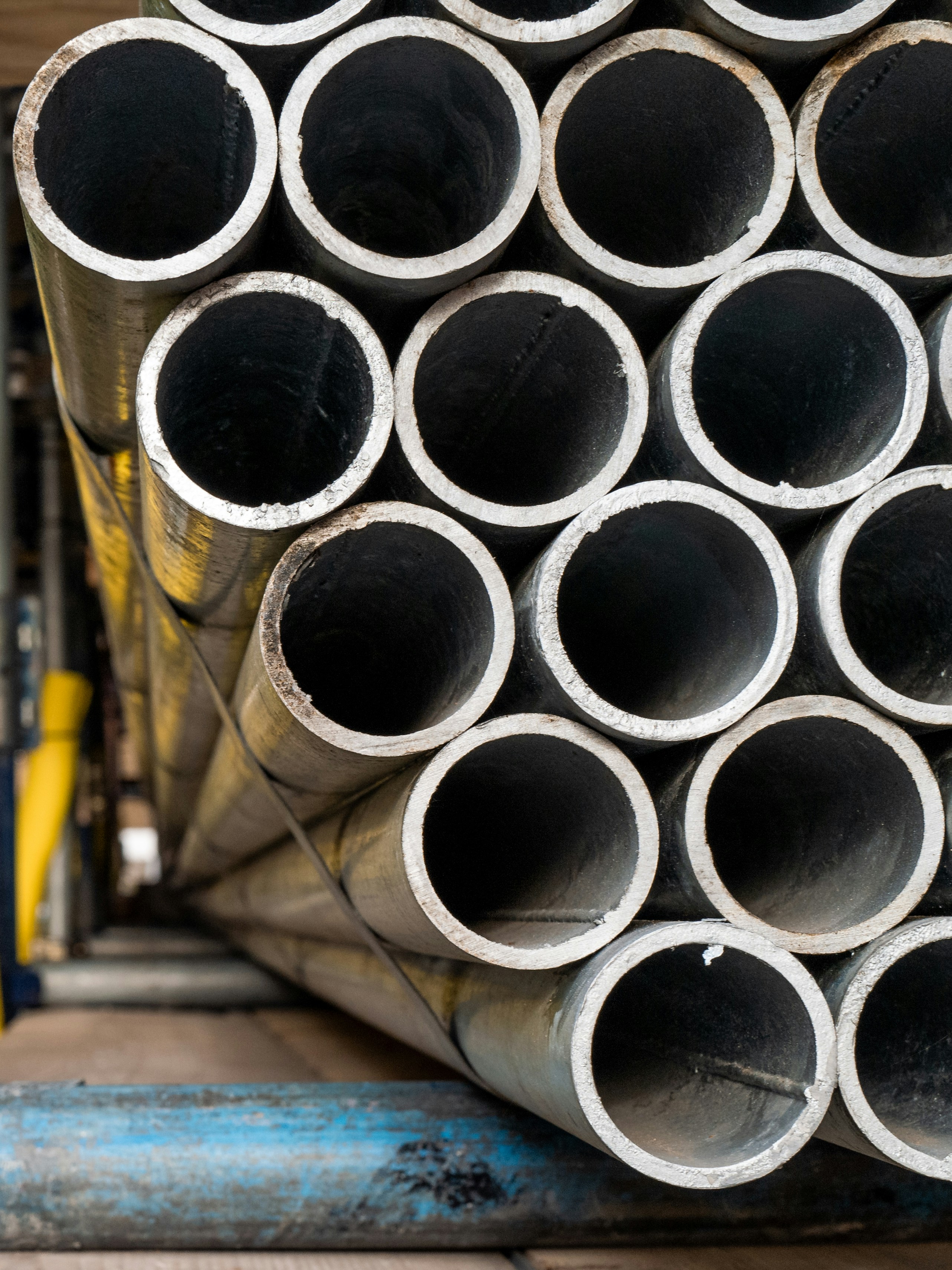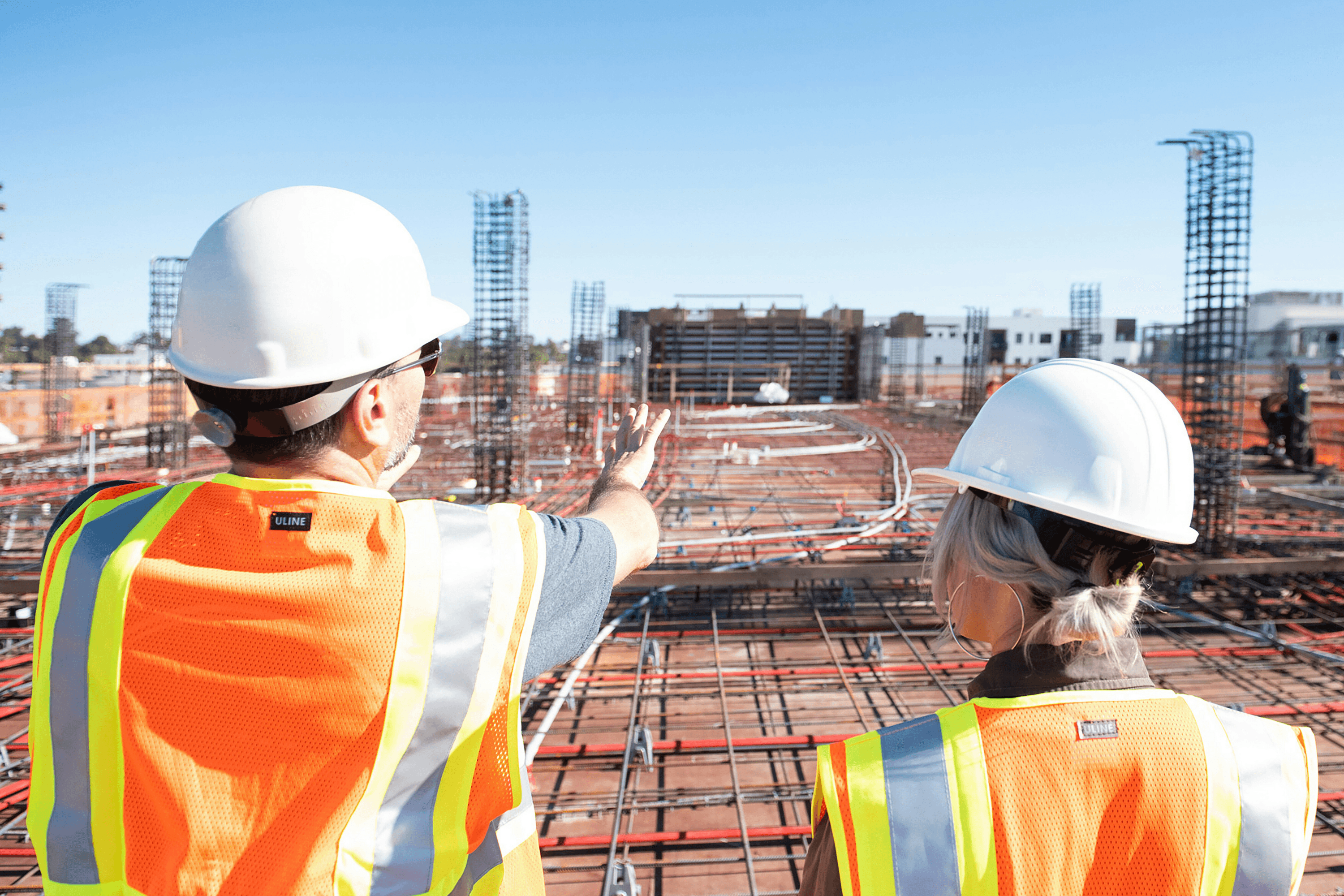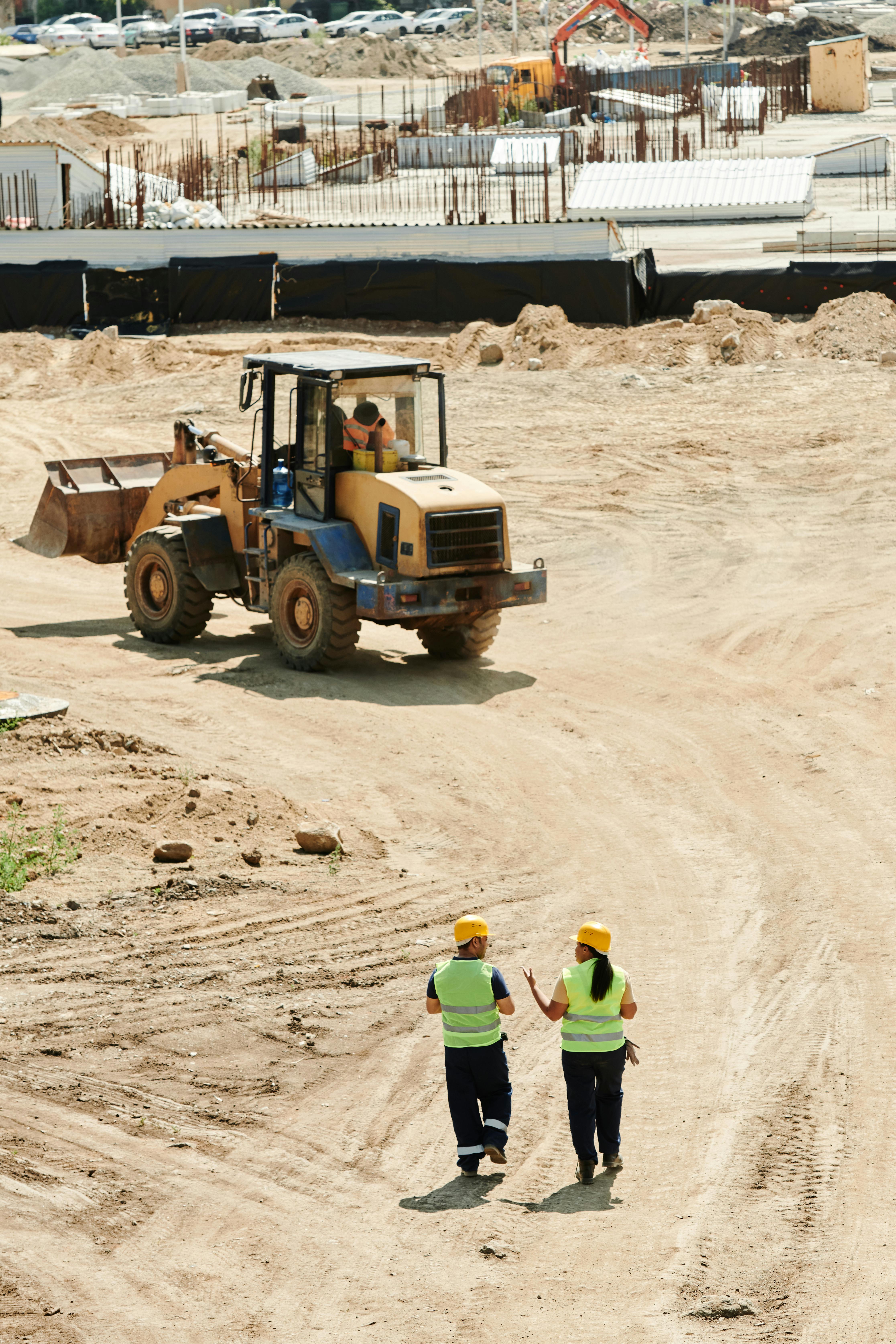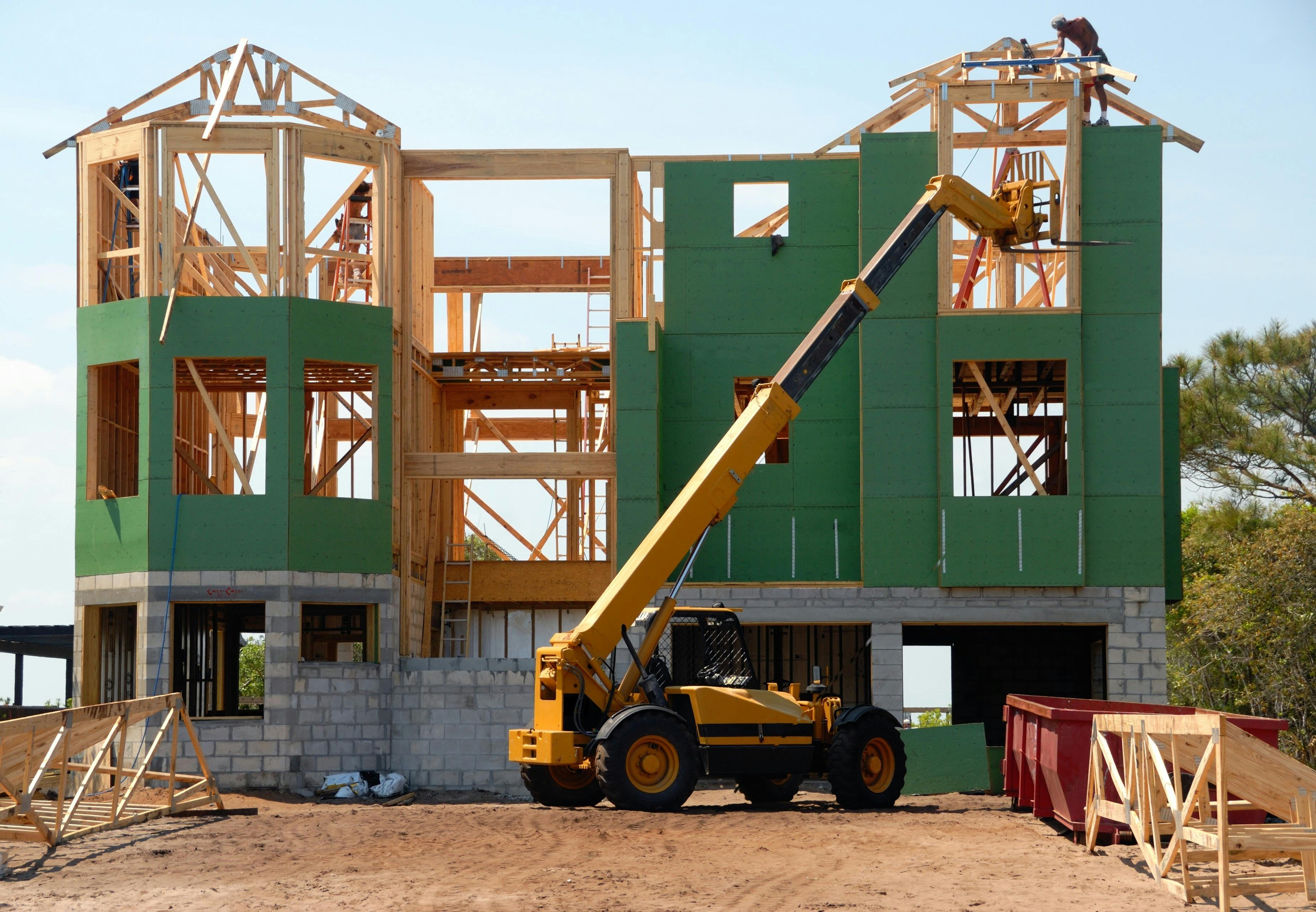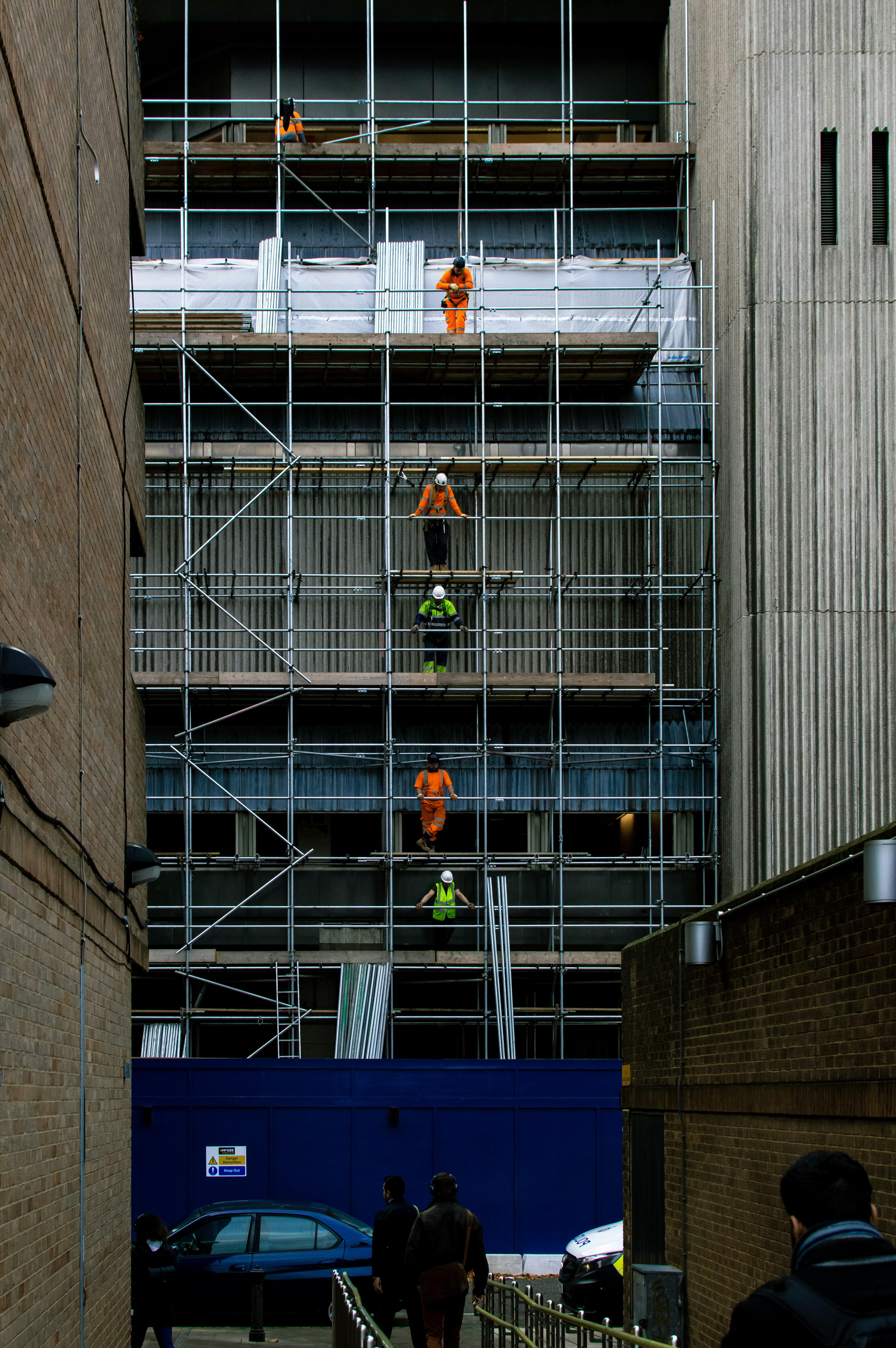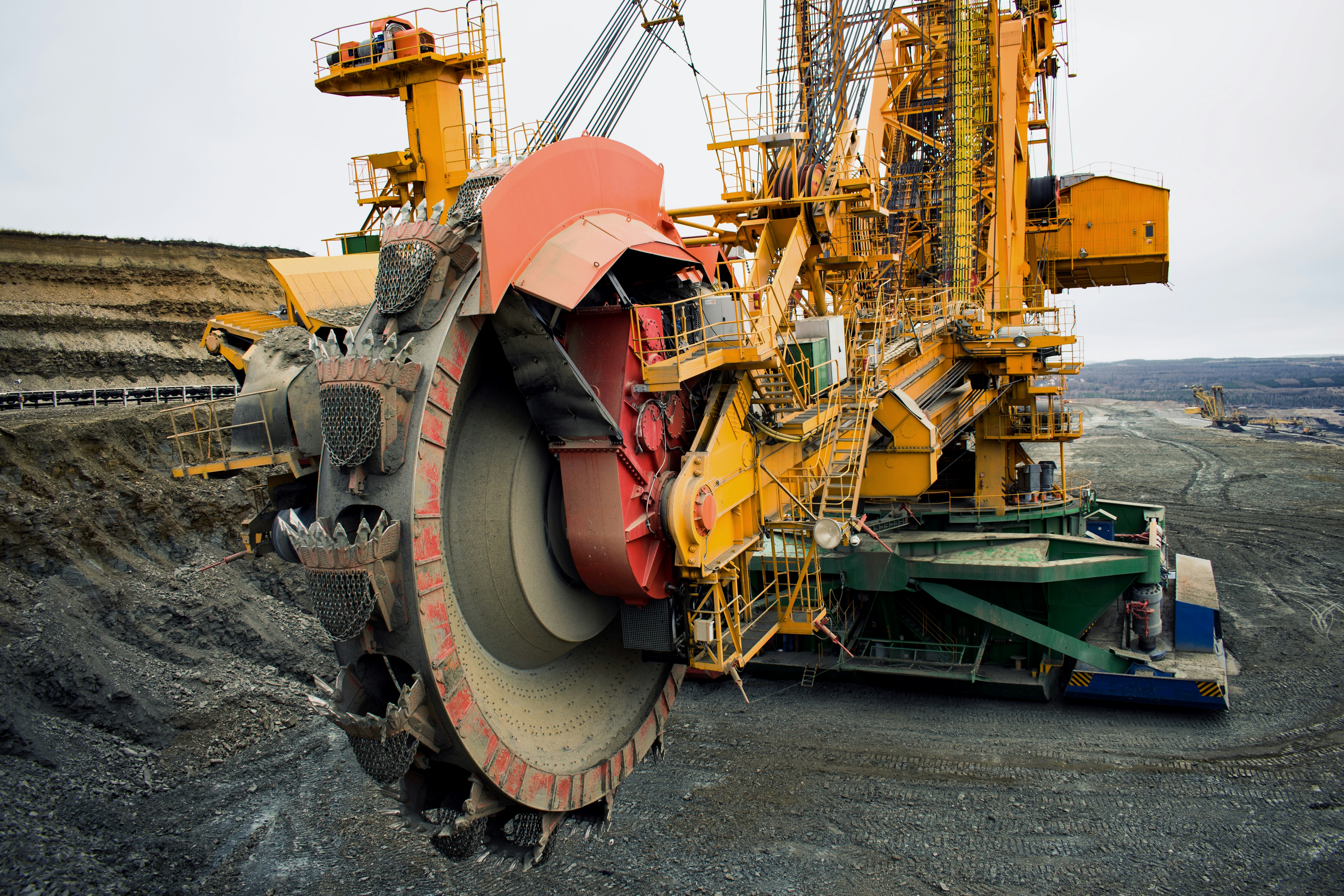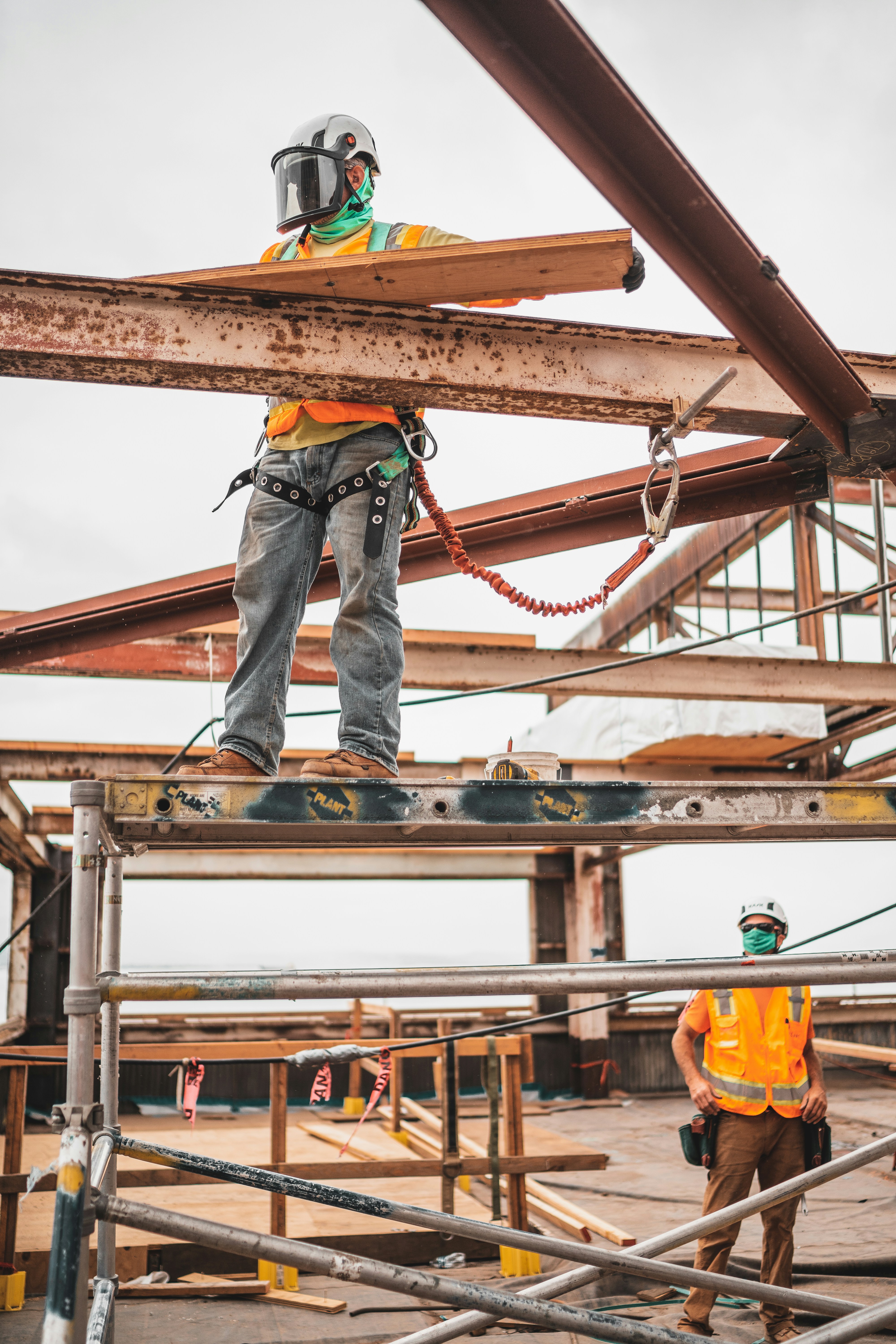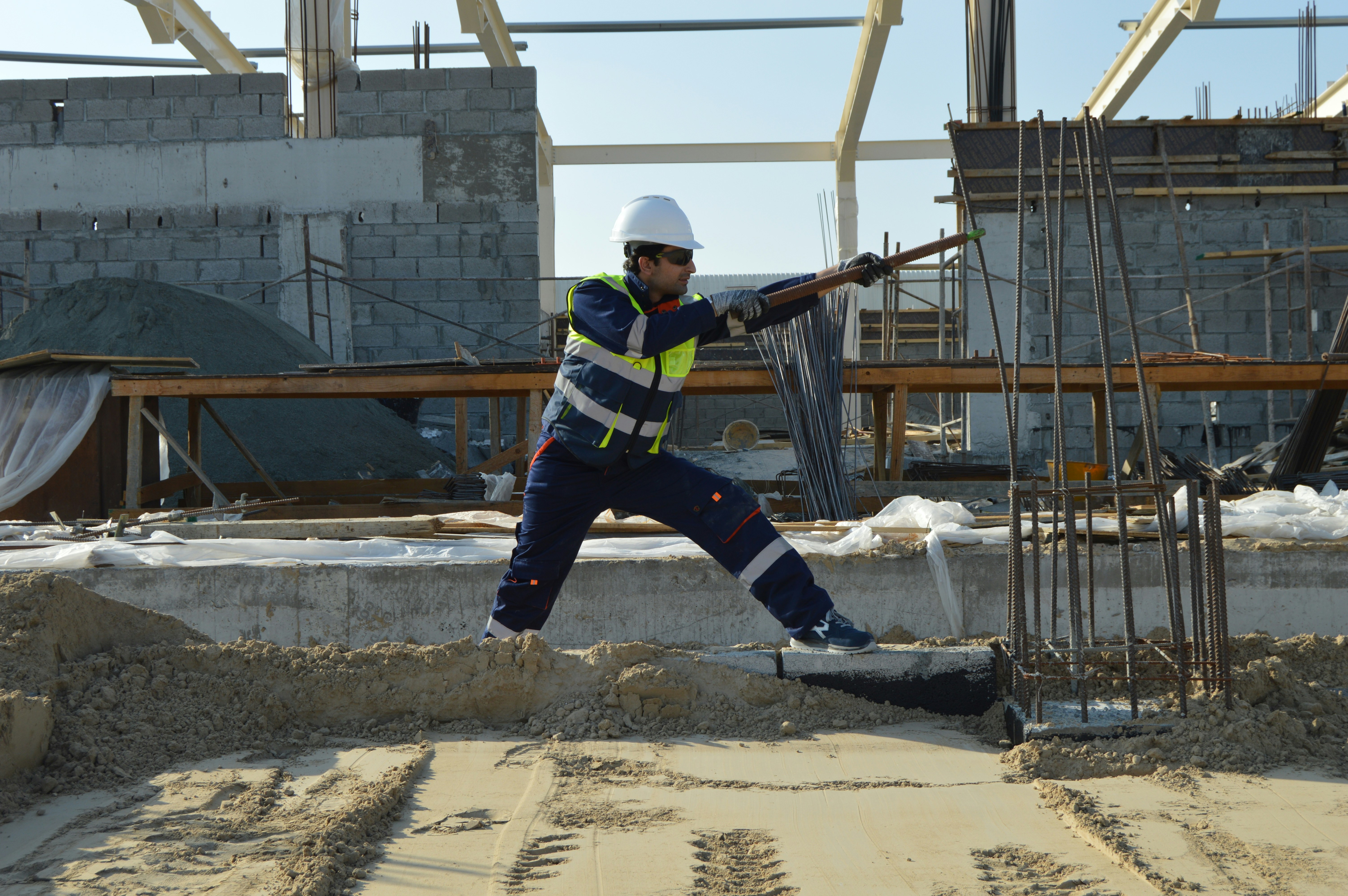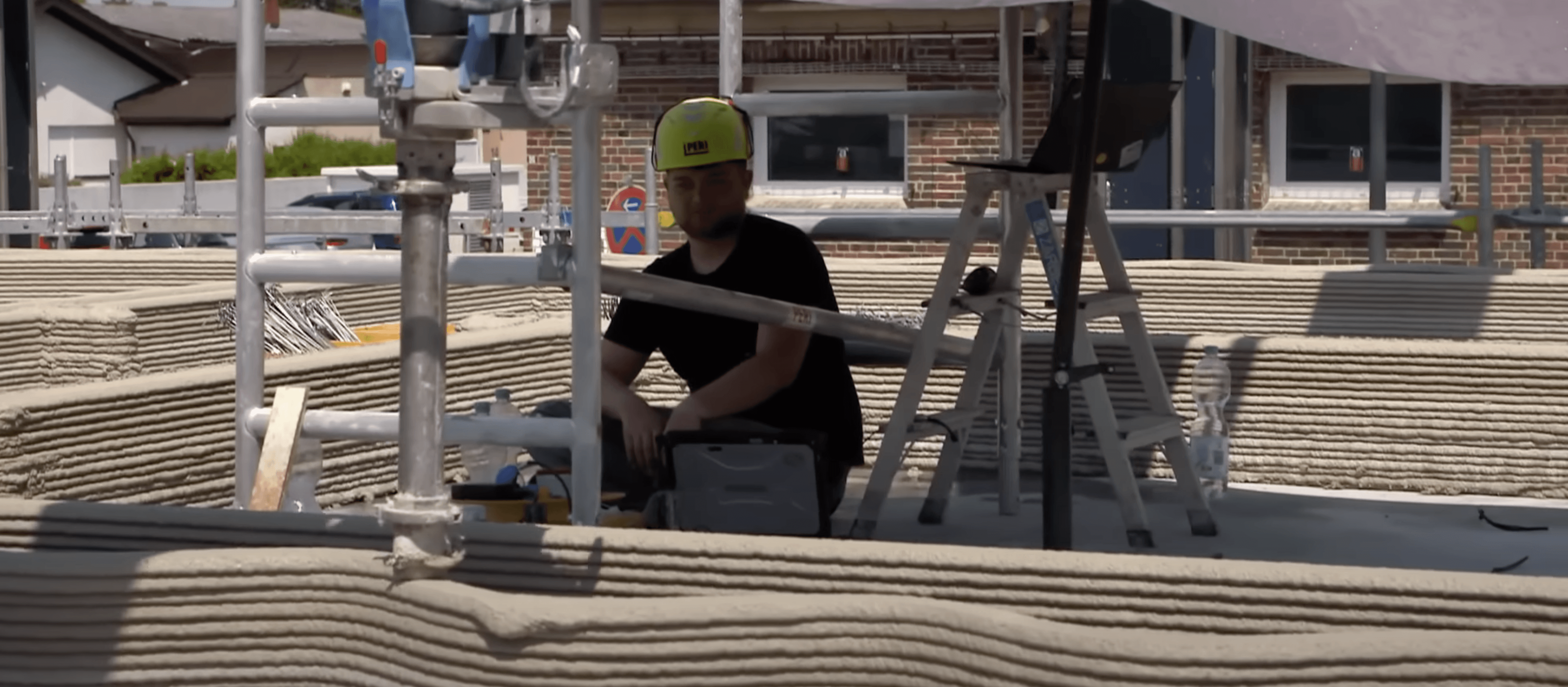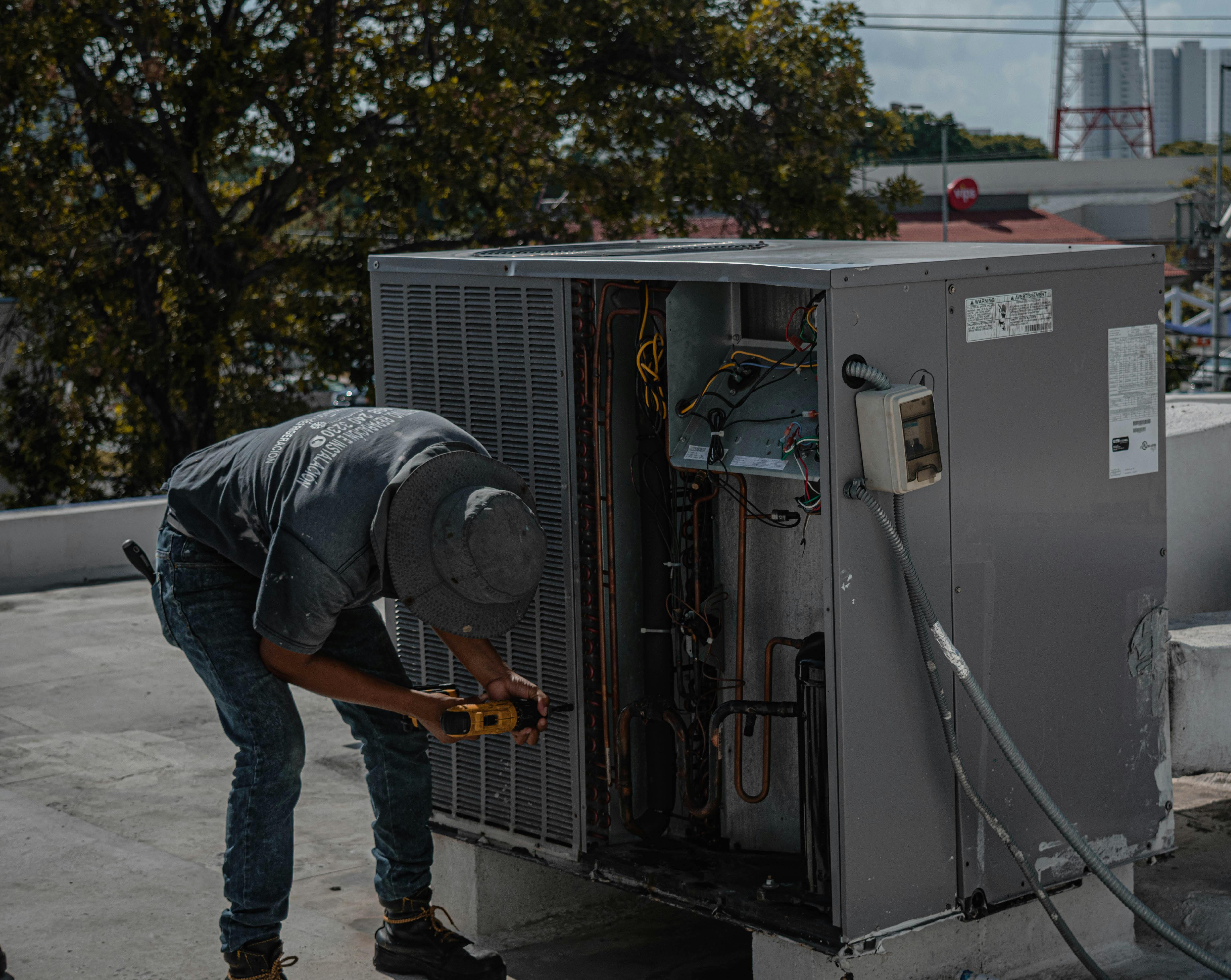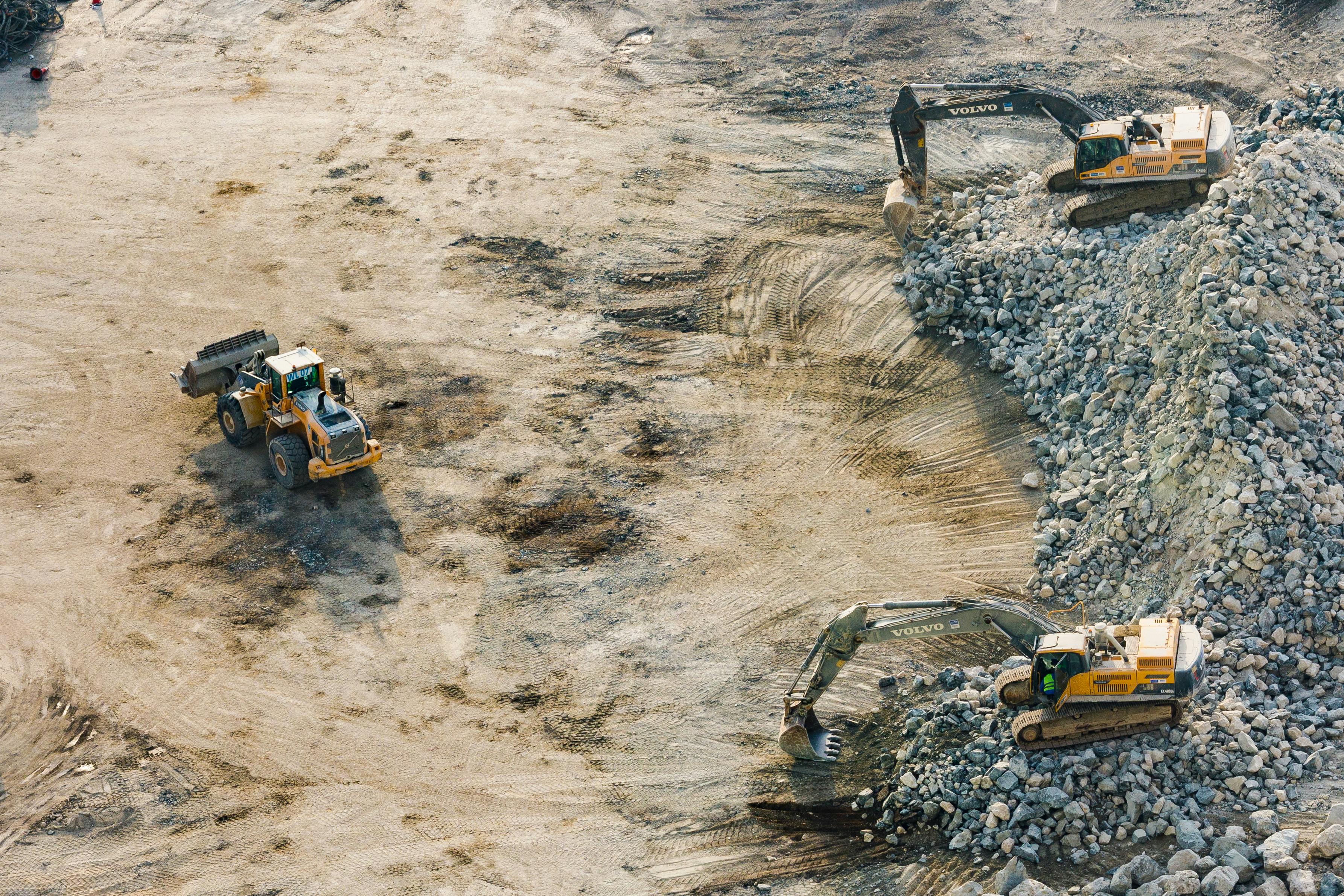
The reinstatement of Section 232 tariffs on steel and aluminum imports is set to reshape the U.S. construction and manufacturing landscape. Proclamation 9705, issued on February 18, 2025, eliminates previous exemptions and tariff rate quotas (TRQs), applying a 25% tariff on all imported steel, aluminum, and steel derivative products. Effective March 12, 2025, the policy aims to bolster domestic production, but it also introduces new challenges for contractors, developers, and suppliers navigating material costs and supply chain constraints.
Steel Prices and Supply Chain Disruptions
The return of these tariffs is already driving shifts in steel pricing and availability. In January 2025, many companies ramped up purchases to hedge against the anticipated cost increase. This resulted in a temporary surge in imports, but as the March 12 deadline approaches, import licenses have dropped significantly from 2.6 million tons in January to 1.6 million tons in February.
Domestic steel production capacity remains constrained. U.S. mills are currently operating at 74% capacity, producing 1,641,000 tons per week. If mills were to run at full capacity, they could produce up to 2,227,000 tons per week. However, apparent steel consumption is 2,050,000 tons per week, highlighting a potential supply gap. The challenge is not just about volume but also product mix—U.S. mills produce more coil products than long products, while the construction industry relies heavily on long products like rebar, beams, and structural steel. This mismatch could lead to higher costs and longer lead times for critical materials.
Market Trends and Rising Steel Prices
Steel prices have already begun climbing in response to the tariff reinstatement and shifting market conditions. Scrap prices are increasing, with shredded auto scrap rising from $380 per ton in January to $430 per ton in February. Similarly, #1 heavy melt scrap increased from $325 per ton to $365 per ton in the same period.
The long products market has remained steady, with mills holding firm on pricing. Over the past year, mills had been offering discounts to address lower demand, but those discounts have now disappeared. Many mills are extending shipping deadlines on awarded projects through late 2025, signaling uncertainty about future pricing.
The market for flat products, including plate, coil, and hollow structural sections (HSS), is also rebounding after a difficult 2024. Plate prices have increased by $260 per ton since January, and tube and hot rolled coil (HRC) prices have risen by $350 per ton and $185 per ton, respectively. These increases reflect a broader industry-wide correction after significant pricing declines last year.
What’s Next for the Construction Industry?
The reinstatement of Section 232 tariffs is already influencing procurement strategies across the construction industry. With imported steel becoming significantly more expensive, domestic mills are likely to face higher demand and longer lead times. Contractors and developers must now account for these cost increases in their budgets and adjust project timelines accordingly.
Uncertainty remains around how mills will respond to increased demand and whether further policy changes will be made. The March 6 proclamation could alter tariff conditions, particularly in relation to Mexico and Canada, which are currently subject to the 25% tariff. The elimination of exemptions and quotas creates an unpredictable pricing environment, making it difficult to determine whether costs will stabilize or continue to rise.
As contractors and developers plan for longer lead times and higher material costs, staying ahead of market shifts will be critical. At Paragon Construction Consulting, we help clients navigate volatility by leveraging strategic procurement insights and risk management solutions.
For construction leaders, adaptation is key. With tariffs back in full force, ensuring projects remain on budget and on schedule will require careful planning and proactive sourcing.
Staying Ahead in a Shifting Market
As the steel market reacts to these policy changes, Paragon Construction Consulting will continue to provide updates and strategic insights. Reach out to us for tailored solutions on navigating material costs, supply chain risks, and project planning in an evolving construction landscape.











